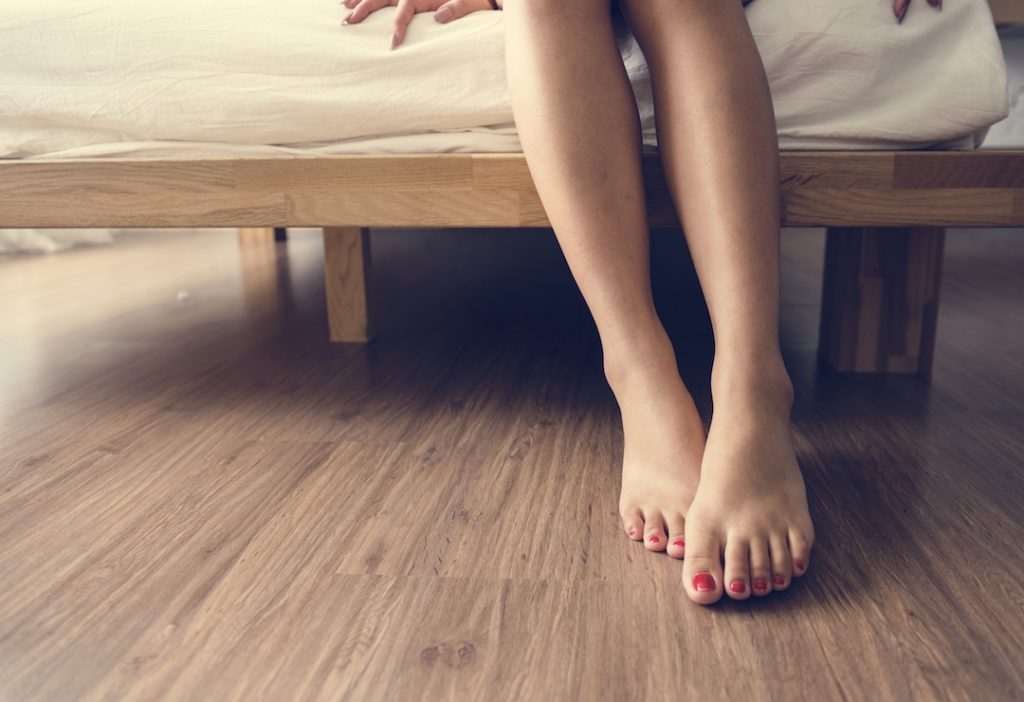7 Ways to Stop Restless Legs Syndrome
March 13 2019
Around 5-15 percent of Australians are affected by restless legs syndrome, a brain disorder that causes uncomfortable feelings of aching, itching or crawling, triggering an uncontrollable urge to move the limbs for relief. Symptoms tend to be worse at night, making it hard for people to fall asleep, often leading to sleep deprivation. About 80 percent of people with RLS also experience involuntary leg or arm twitching while sleeping (a.k.a. periodic limb movement disorder). Evidence suggests that RLS is related to dysfunction in the basal ganglia, the brain region that controls movement using the chemical dopamine. RLS can occur at any age, but it’s more common in middle age and beyond – and more common in women.
Here are seven ways to reduce or potentially even prevent symptoms.
Weight loss
Studies find that the risk of RLS increases with high BMI or waist circumference; there’s evidence that obese people have fewer dopamine receptors in their brains, affecting movement control. Researchers suspect obesity may also affect risk because it contributes to type 2 diabetes, which is linked to RLS.
Good sleep habits
Some experts suspect that persistent drowsiness may trigger RLS, especially in people with a family history of the disorder. There’s little research to back that up, says sleep specialist Dr Mark Buchfuhrer, but adhering to a regular sleep schedule seems to help keep RLS at bay.
Exercise
Physical activity may lower the risk of developing RLS because it spurs the release of dopamine and increases blood flow to the extremities, according to a study in the Journal of Clinical Sleep Medicine. Moderate exercise such as walking can relieve symptoms once RLS sets in, but intense workouts can make them worse.
Iron
Lack of iron appears to play a role in RLS, though the reason is unclear, says sleep disorder specialist Dr John Winkelman. If you’re prone to attacks, he suggests getting your iron levels tested. If low, take 65 mg of elemental iron on an empty stomach once a day.
Warm water and massage
For some people, warm baths or showers and leg massages before bed may act as counterstimuli to brain signals that trigger RLS symptoms; suppressing them and helping you fall asleep. During the day, keeping the mind engaged may also subvert those RLS-triggering brain signals.
Limiting alcohol
In as little as 10 to 15 minutes after drinking, alcohol can increase RLS sensations. “Part of the mechanism may be that alcohol makes you drowsy, but its effect seems over and above that,” says Buchfuhrer. The amount that triggers symptoms varies, so find your own limit, he says, but avoid drinking before bed.
Medication management
RLS symptoms can worsen in people taking certain sedating antihistamines and particular antidepressants – ask your doctor about alternatives. The good news is there are also medications that activate dopamine receptors in the brain but these are usually for moderate-to-severe cases of RLS (in which symptoms occur at least weekly).
—
Sourced from Prevention.
